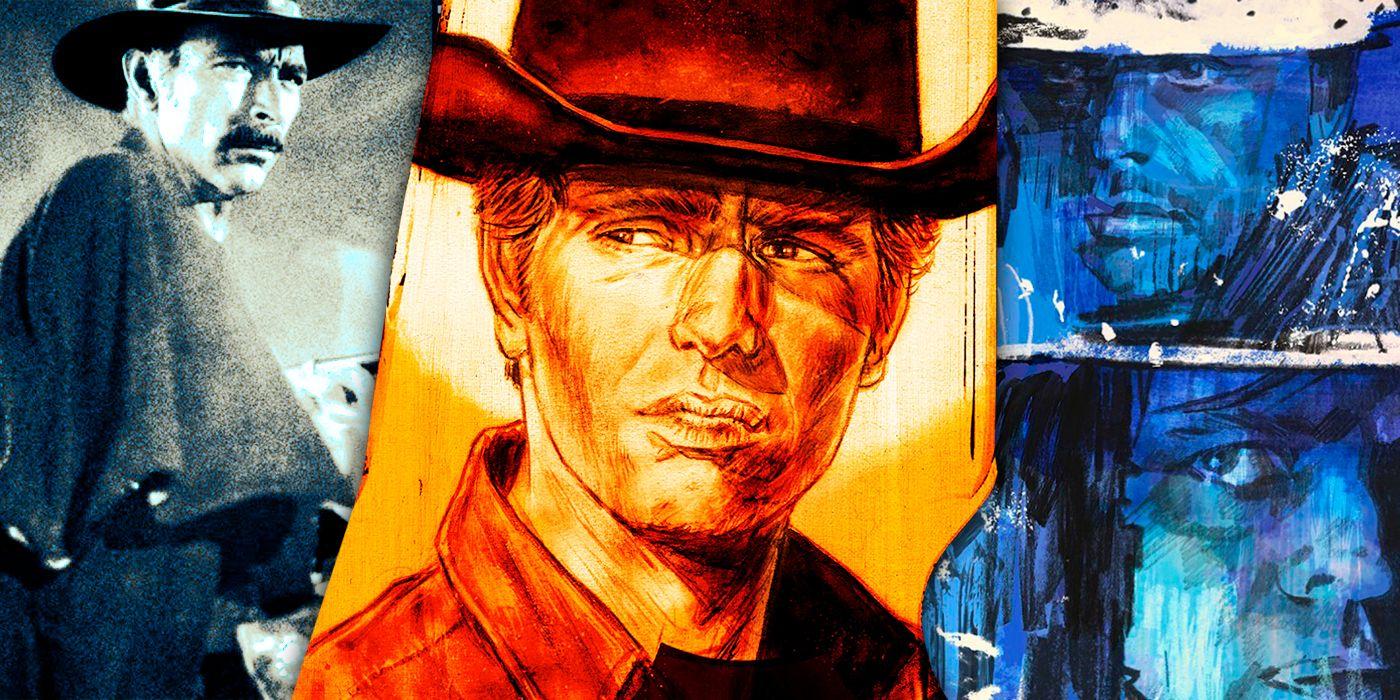‘Cinema Paradiso,’ helmed by Giuseppe Tornatore, remains a timeless tribute to the enchanting impact of film. Released in 1988, this Italian classic has left a lasting mark on viewers worldwide, echoing well past its initial era and location. Fundamentally, ‘Cinema Paradiso’ offers much more than a wistful tale of growing up; it serves as a meaningful tribute to the craft of making films, highlighting cinema’s ability to transform lives, stir feelings, and preserve memories.
The Metafilmic Structure: Cinema as Character and Catalyst
At the core of ‘Cinema Paradiso’ lies the renowned projectionist, Alfredo, along with his student, Salvatore, who is also referred to as Toto. The story spans multiple decades, with the Cinema Paradiso theater functioning as both a physical and symbolic center of the town. Instead of just being a simple setting, the cinema itself becomes a character, crucial to the community and the main character’s sense of self.
The theater becomes a place of gathering where societal boundaries dissolve. In scenes both raucous and intimate, villagers from disparate backgrounds congregate, united in laughter, tears, and collective awe before the flickering silver screen. Through this, Tornatore underscores the communal, unifying prowess of film, transforming viewing into a ritual that transcends generational and social divides.
Cinema as Remembrance: The Heartfelt Essence of Nostalgia
‘Cinema Paradiso‘ meticulously weaves memory and longing, employing the conventions of cinema to evoke nostalgia not only for Toto but also for the audience. From the opening sequences that reveal Salvatore as an accomplished filmmaker haunted by his past, to the recurring motif of old film reels and celluloid, the act of remembering becomes synonymous with cinematic watching. The film’s temporal shifts—between Toto’s childhood, adolescence, and adulthood—mirror the way cinema often replays and reframes moments, preserving them against the erosions of time.
A pivotal example is the film’s closing montage, a collection of censored romantic scenes Alfredo had preserved for Toto. This montage operates as an artistic statement; it is both a gift and an act of reclamation, restoring lost kisses and passion to public memory. Such scenes reinforce film as a vessel for emotion that survives even when physical spaces like the cinema itself fade away or are destroyed.
Tribute to Technology: Developing an Expressive Filmic Dialect
Technically, ‘Cinema Paradiso’ is informed by and reverent of classic film idioms. Tornatore imbues the visual storytelling with elements reminiscent of Italian neorealism, employing naturalistic performances and authentic settings. The technical craftsmanship—from Ennio Morricone’s lush, evocative score to the warm, sepia-toned cinematography—serves as a nod to cinema’s history and its profound sensory impact.
Furthermore, the narrative is embedded with a theme of a film inside a film, nodding to masterpieces by filmmakers such as Visconti and Chaplin. Scenes from these movies are displayed on the Paradiso’s screen, providing both a visual lesson and a heartfelt nod to the extensive film tradition. This use of intertextuality anchors the tale in the collective legacy of cinema, honoring the craft of filmmaking and encouraging audiences to engage in a common cultural reminiscence.
Guidance and Sharing: The Duties of a Projectionist
One of the movie’s most profound aspects is its reflection on guidance and the conveyance of affection for cinema. The bond between Alfredo and Toto illustrates the sharing of expertise, enthusiasm, and admiration for movies. By instructing Toto on the complexities of projection—and implicitly, the art of storytelling—Alfredo serves both as an artisan and a thinker. He shares insights that go beyond the technical, promoting exploration, bravery, and self-development.
This process reflects how the history of cinema is maintained and shared with future generations. In the same manner that Toto inherits Alfredo’s love for films and eventually excels beyond him, cinematic traditions are continuously revitalized by new perspectives and advancing technology.
Socio-Political Undercurrents: Censorship and Liberation
The movie delves deeply into themes related to restriction. Alfredo receives directives from the local priest to cut out scenes considered inappropriate, mainly those involving romance or sensuality. This repeated editing highlights how institutions attempt to regulate stories and emotions, but passion manages to re-emerge. The reappearance of the deleted scenes at the end underscores the powerful ability of cinema to uphold authenticity, emotion, and spirited happiness.
By emphasizing these limitations—along with the freeing communal experience of attending movies—’Cinema Paradiso’ remarks on film as both a mirror of society and a gentle driver of cultural change. The process of viewing, it implies, can be transformative, providing views of different realms and emotional insights that might otherwise be out of reach.
Global Resonance and Legacy
The international reception of ‘Cinema Paradiso’ underscores its universal message. The film achieved critical acclaim, winning the Academy Award for Best Foreign Language Film in 1990 as well as the Grand Prix at the Cannes Film Festival. Its impact is evident in later works; directors such as Alfonso Cuarón cite it as an influence, and its structure is echoed in films exploring memory, nostalgia, and the formative power of art.
By blending intimate storytelling with a grand narrative about cinema’s capacity to connect and heal, ‘Cinema Paradiso’ appeals across cultures and generations. Its reverence for film is not merely thematic but embedded in its very form and structure, inviting audiences everywhere to rediscover the magic of moviegoing—the laughter, the heartbreak, and the fleeting moments of transcendence shared in darkness before the glow of light and shadow.
The film thus endures as a multilayered tribute, not only to movies as art but to movies as communal ritual, sites of learning, and echoes of human longing. Through this affectionate and complex lens, ‘Cinema Paradiso’ becomes cinema’s own story: a living archive of dreams, desires, and the power of visual storytelling itself.





